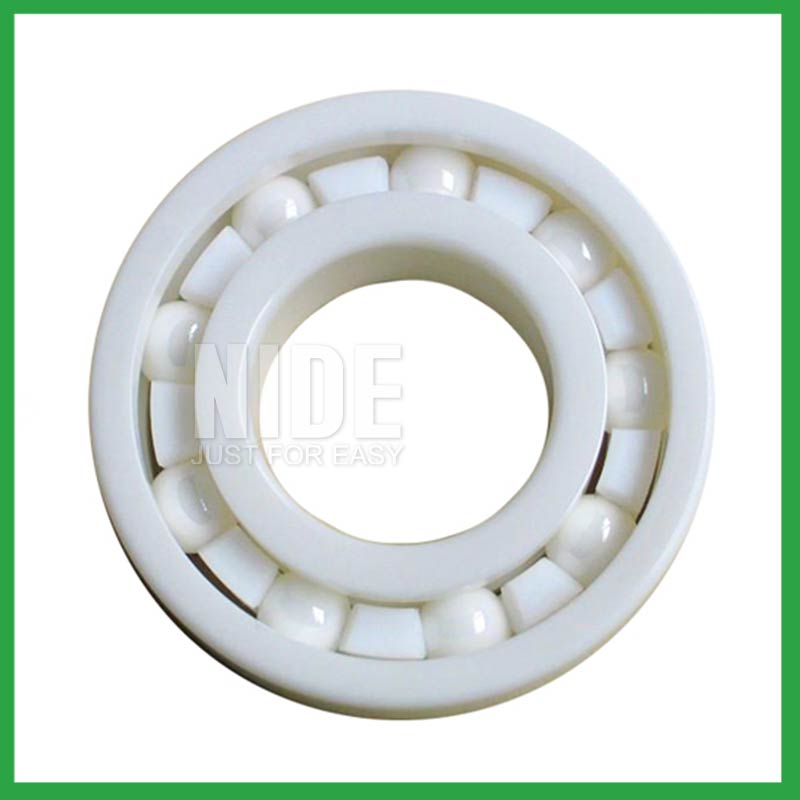PRODUCTS
CONTACT US
Ningbo Nide International Co., Ltd.
一一
· Contact person:Jack Zeng
· Mob/Whatspp/WeChat:0086-13738869026
· Email:emarketing@nide-group.com;marketing4@nide-group.com
· Add:No. 169, Wohushan Road, Daqi Subdistrict, Beilun District, Ningbo, China

Nide team could manufacture ball bearing as per customer’s drawing and samples.
If customer only has samples, we could also design drawing fo r our customer.
We also provide customized service.
Our ball bearing is widely applied the different industrials.
Established in 2010, Haishu Nide International Co., Ltd is a modern enterprise specializing in the production of high-density bearings, with a factory area of over 9000 square meters. We have an excellent staff team, excellent production lines, and complete testing methods. Our main products are spherical roller bearings, cylindrical roller bearings, fan,thermal protector,motor cover and lamination,magnet,shaft,insulation paper, etc.
At present, our products have been sold to Oceania,Africa,Europe and other regions, as well as more than 50 countries and regions such as Slovakia,Togo,Sao Tome and Principe. Strict quality control system, plus strong technical team allow us to offer the reliable machines to our customers. The philosophy of ” Service, Profession, Prompt, Innovation” help us to win the customer favor.
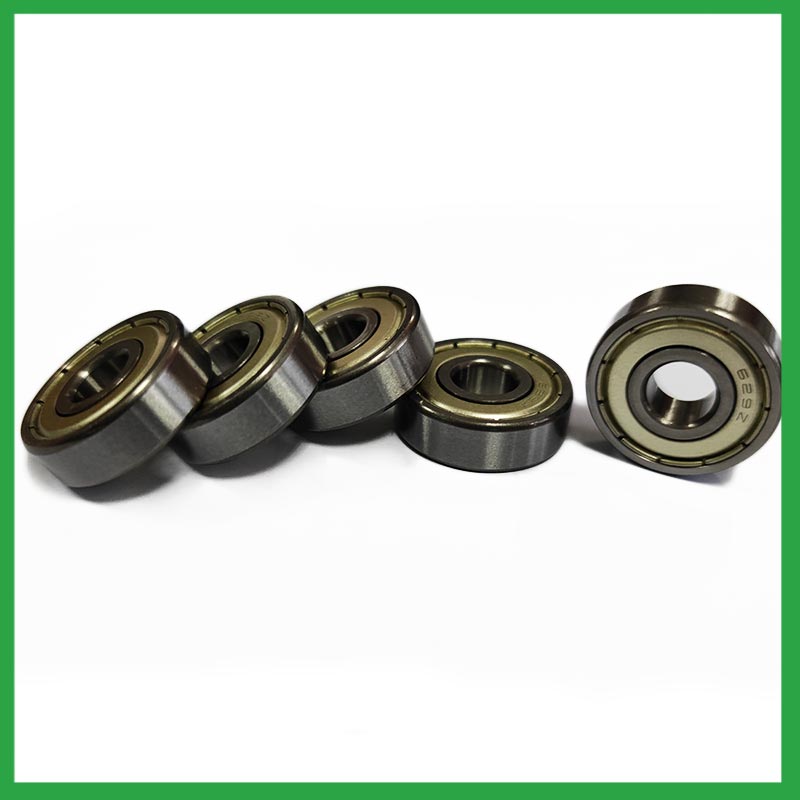
| Parameter | Information |
| Product Name | ball bearing wind spinners |
| Place of Origin | Ningbo,Zhejiang |
| Brand Name | Nide |
| Material | chrome steel, etc. |
| Type | Ball |
| Warranty | 3months-1year |
| Port | Ningbo/Shanghai |
| Application | various industrial equipment,textile machinery, etc. |
| Size(mm) | customize |
| Color | gray+customized |
| Precision Rating | as per customer's requirement |
| Certification | ISO 9001 Certification,CE-stator coil winding machine,CE-stator coil forming machine,etc |
| Feature | High speed,Low Noise...etc |
| Packaging Details | Suitable for sea transportation |
| Service | one-stop service |
| Model Number | ball bearing |
| Supply Ability | 100000-500000 Piece/Pieces per Month |
| Lead time (days) | 15-20 (To be negotiated) |
Please note: The above table data is for reference only. For specific information, please contact us.
Bearings with ball bearings as rolling elements mainly include deep groove ball bearings,thrust ball bearings,adjustable ball bearings,angular contact ball bearings, etc.
During the disassembly process, the outer shell should be kept intact to avoid unnecessary damage;
When replacing installation components, attention should be paid to the accuracy of the support components to prevent deformation;
During the disassembly process, attention should be paid to protecting the surface quality of the ball bearing to ensure its performance;
During the operation, attention should be paid to removing surface dust to ensure the quality of the ball bearing.
Ball bearings have many advantages, making them highly competitive in the market.
Firstly, they are very durable and have good wear performance, making their service life longer than many other types of bearings.
Secondly, they are easy to install and can provide low friction performance in various applications.
Thirdly, they require a relatively low level of maintenance, making them cost-effective.
In addition, compared to many other types of bearings, their purchase cost is relatively low, making them an economical choice.




ball bearing wind spinners---FAQs Guide
2.How do manufacturers ensure the quality and reliability of ball bearing wind spinners through material selection and precision machining?
3.About ball bearing wind spinners,What about the lead time?
4.Are there self-aligning ball bearing wind spinners that accommodate misalignment and shaft deflection in rotating equipment?
5.What anti-corrosion coatings or treatments are available for ball bearing wind spinners used in marine or outdoor applications?
6.How do ball bearing wind spinners handle radial loads, axial loads, and combined loads, and what are their load-carrying capacities?
7.Do ball bearing wind spinners come in various tolerance classes?
8.What are the common materials used in ball bearing wind spinners manufacturing?
9.As a ball bearing wind spinners manufacturer,Your product certifications?
10.Can ball bearing wind spinners operate in high-temperature environments like industrial ovens or furnaces, and how are they protected from heat-related damage?
11.What is the role of ball bearing wind spinners in reducing friction and energy loss in rotating machinery?
12.Can ball bearing wind spinners be used in vacuum or cleanroom environments, and what measures are taken to prevent outgassing or contamination?
13.What maintenance practices are recommended to extend the lifespan of ball bearing wind spinners and prevent premature failure?
14.How do different ball bearing wind spinners designs, such as deep groove, angular contact, or thrust bearings, cater to specific applications?
15.How do cage designs affect ball bearing wind spinners speed and acceleration capabilities in high-speed machinery?
16.What is the typical noise level associated with ball bearing wind spinners, and how are noise-reduction techniques applied?
1.Can ball bearing wind spinners operate in high-speed applications, and what design features make them suitable for such conditions?
They have very low rolling friction and are optimized for low noise and low vibration. This makes them ideal for high-speed applications. ball bearing wind spinners are comparatively easy to install and require minimal maintenance.
2.How do manufacturers ensure the quality and reliability of ball bearing wind spinners through material selection and precision machining?
High-precision measuring instruments, such as micrometers and gauges, are used to check the dimensions of the rings and balls to ensure they meet tight tolerances. Surface Finish Inspection: Surface finish is assessed using profilometers to ensure the required smoothness and low friction characteristics.
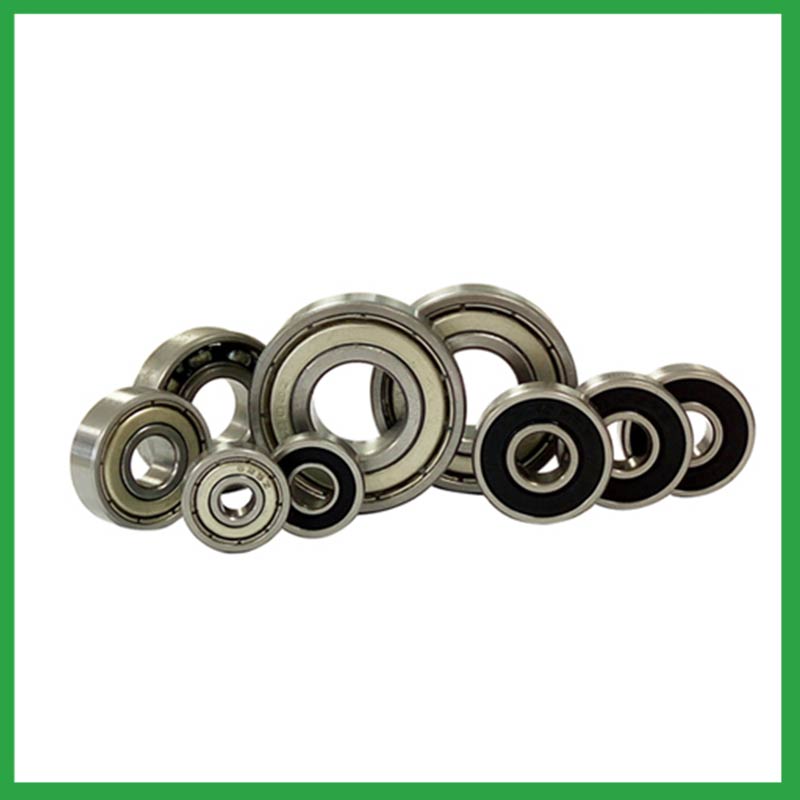
3.About ball bearing wind spinners,What about the lead time?
3-7 days for samples, 3-4 weeks for mass production.
4.Are there self-aligning ball bearing wind spinners that accommodate misalignment and shaft deflection in rotating equipment?
These ball bearing wind spinners are particularly suitable for applications where misalignment can arise from errors in mounting or shaft deflection. A variety of designs are available with cylindrical and taper bores, with seals and adapter sleeves and extended inner rings.
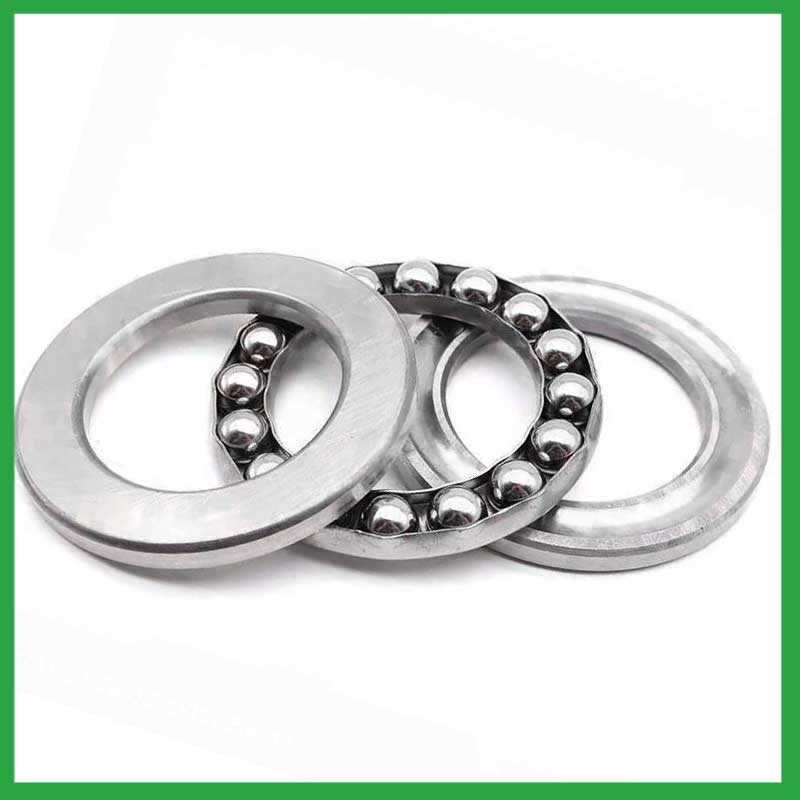
5.What anti-corrosion coatings or treatments are available for ball bearing wind spinners used in marine or outdoor applications?
Corrosion Resistant Coatings.Whether ball bearing wind spinners are manufactured from stainless steel or from chrome, anti-corrosion coatings can be applied. Compared to the natural state of the base metal, these coatings make surfaces less chemically reactive. In their selection of treatments or coatings, some industries choose to consult with the manufacturer of the bearings they use. This is because surface engineering is a highly specialized undertaking. These coatings used for their anti-corrosion properties to protect bearings in harsh environments include the following:Passivation (of stainless steel),Carbide and titanium nitride,Galvanized zinc,Nickel plating,Cadmium plating,TDC (thin dense chrome).
6.How do ball bearing wind spinners handle radial loads, axial loads, and combined loads, and what are their load-carrying capacities?
The type of bearing used also varies between these loads. While deep-groove ball bearing wind spinners are better equipped to handle radial loads, thrust ball bearings are designed for axial loads. However, it's essential to note that most bearings, such as angular contact ball bearings, can handle both radial and axial loads.The Bearing Static Capacity, Co, is the maximum load that can safely be applied to a non-rotating bearing that will not cause subsequent bearing operation to be impaired. It is based on calculated contact stress at the center of the most heavily loaded rolling element where it contacts the Inner Race.
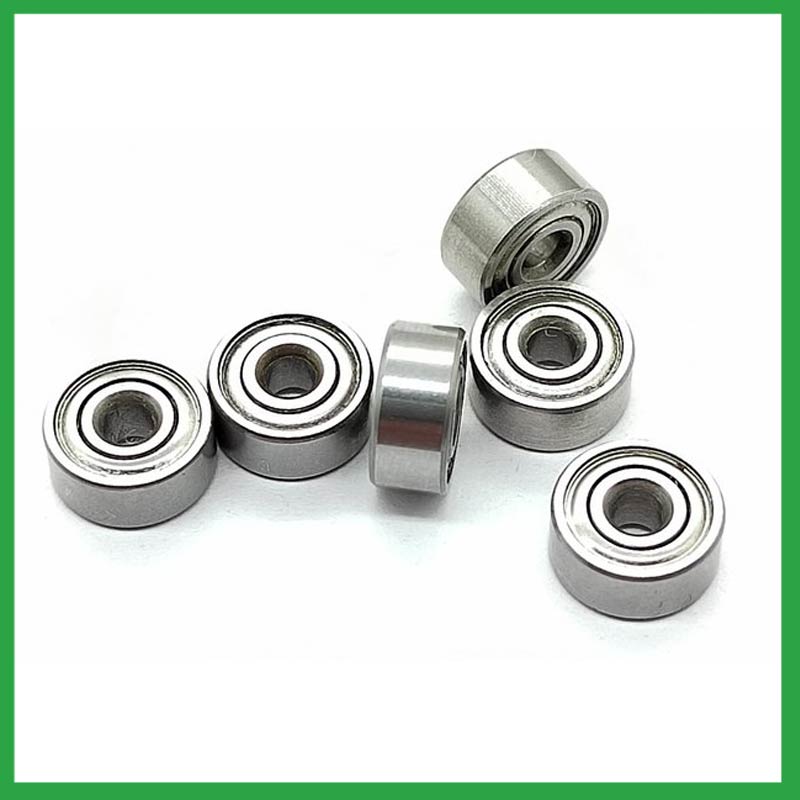
7.Do ball bearing wind spinners come in various tolerance classes?
Bearing tolerances are standardized by classifying bearings into the following six classes (accuracy in tolerances becomes higher in the order described): 0, 6X, 6, 5, 4 and 2.
8.What are the common materials used in ball bearing wind spinners manufacturing?
Most ball bearing wind spinners are made of a type of steel known as high carbon chromium steel, often called chrome steel. This is used for reasons of cost and durability. Bearings are also made from other materials such as stainless steel, ceramics and plastic.
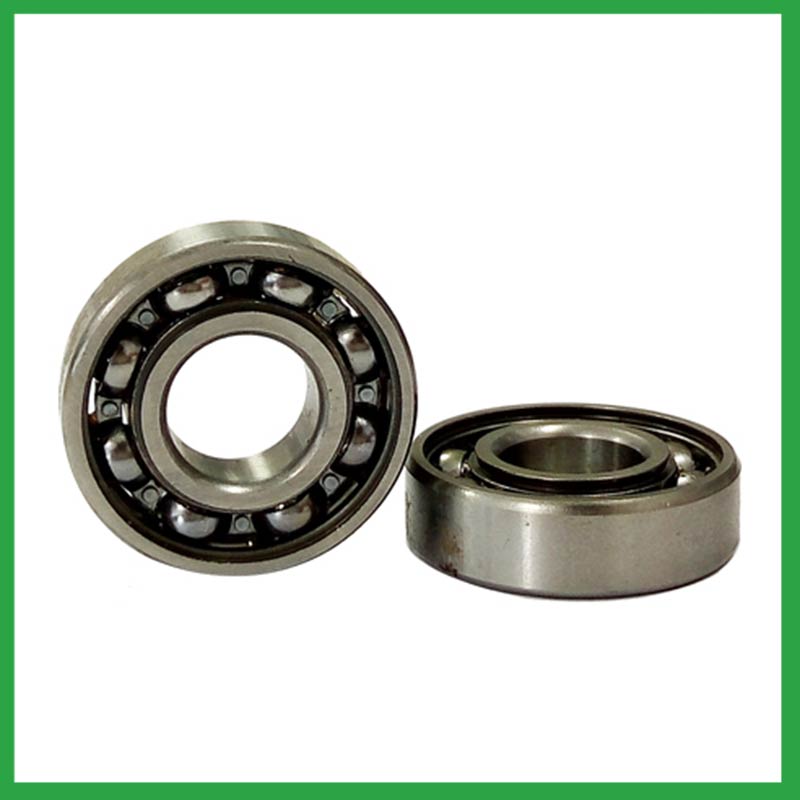
9.As a ball bearing wind spinners manufacturer,Your product certifications?
ISO9001:2015 certificate,ISO 9001 Certification,CE-stator,etc.
10.Can ball bearing wind spinners operate in high-temperature environments like industrial ovens or furnaces, and how are they protected from heat-related damage?
ball bearing wind spinners are capable of working at temperatures up to +842°F (+450 °C). Special lubricants, seals and coatings make this possible by protecting the ball bearings from heat damage.
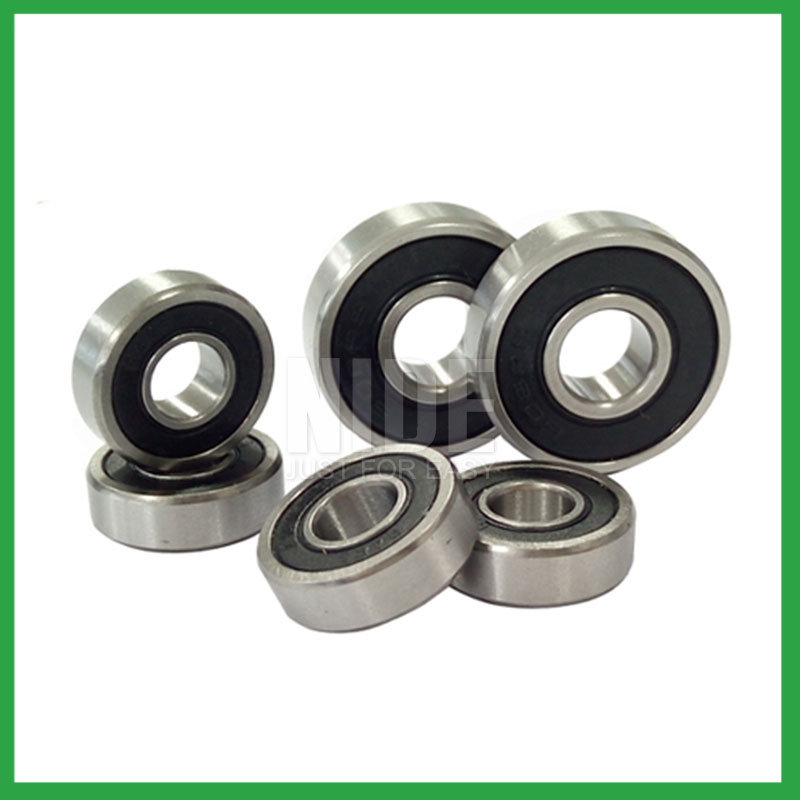
11.What is the role of ball bearing wind spinners in reducing friction and energy loss in rotating machinery?
ball bearing wind spinners reduce friction by using smooth balls lubricated with oil or grease that freely roll between a smooth inner and outer surface. The main concept of the ball bearing is that objects that roll past each other produce less friction than if the objects were sliding against each other.
12.Can ball bearing wind spinners be used in vacuum or cleanroom environments, and what measures are taken to prevent outgassing or contamination?
Bearings specify stainless steel for vacuum or cleanroom applications as stainless steels used for the rings, balls and retainer exhibit low outgassing. They usually supply open or shielded stainless steel bearings as vacuum bearings as these will outgas less than a nitrile rubber sealed bearing.
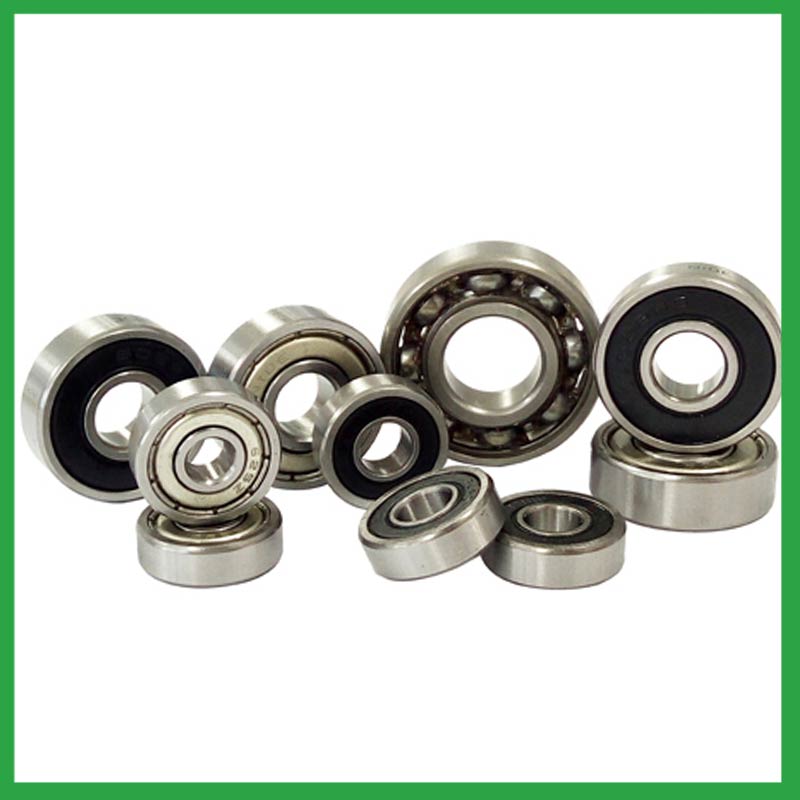
13.What maintenance practices are recommended to extend the lifespan of ball bearing wind spinners and prevent premature failure?
Proper handling and installation of ball bearing wind spinners is essential to preventing premature failure. Ensure that bearings are stored and transported in a clean, dry, and vibration-free environment. During installation, ensure that bearings are properly aligned, and torque is applied correctly.
14.How do different ball bearing wind spinners designs, such as deep groove, angular contact, or thrust bearings, cater to specific applications?
Deep groove ball bearing wind spinners: Deep groove ball bearings are the most common type. They can handle both radial and axial loads. Angular contact ball bearings: Angular contact ball bearings have higher than average internal axial clearance. They can handle axial loads in one direction and moderate radial loads.
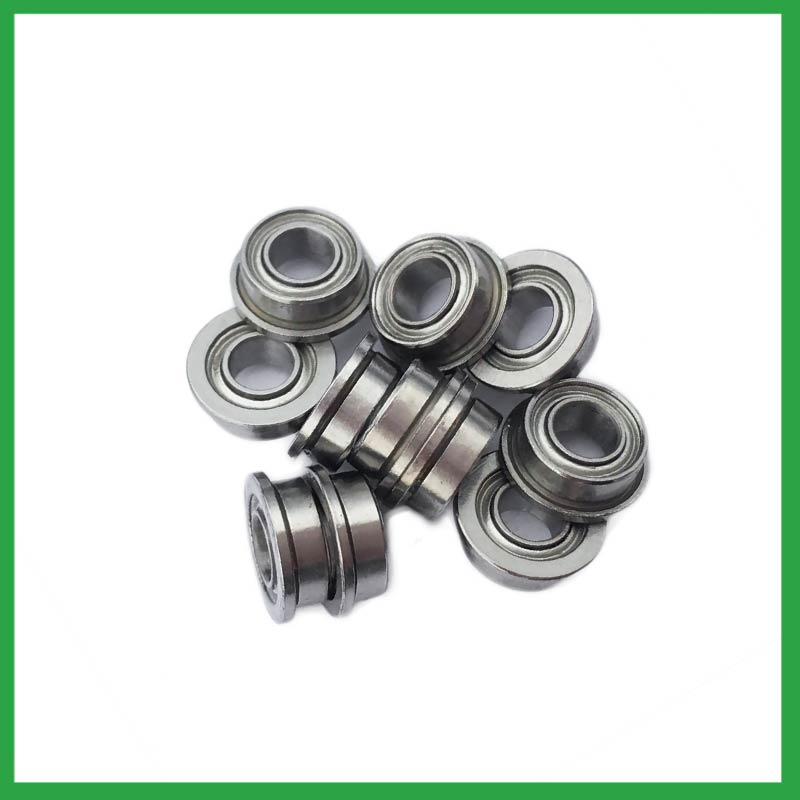
15.How do cage designs affect ball bearing wind spinners speed and acceleration capabilities in high-speed machinery?
In high-speed ball bearing wind spinners, external load has a great effect on cage stability and sliding ratio, especially for the bearings at work in the starting process. The cage stability is worse in the beginning of the bearing starting process. The axial load greatly influences cage dynamic performance in the bearing starting process.
In addition, while ball bearings worked under steady conditions, axial load and radial load both have a great influence on cage dynamic performance. The effects of axial load on cage dynamic performance during the bearing starting process are opposite from the effects under steady conditions.
16.What is the typical noise level associated with ball bearing wind spinners, and how are noise-reduction techniques applied?
To measure in accurate way the ball bearing wind spinners noise under rotation during their manufacturing process is a key activity particularly in the production of medium, small and ultra-small deep groove ball bearings. This capability in bearings noise analysis has become the real distinguishing element between a standard bearings noise equipment and a superior class one.
The various types of vibration and sound in rolling bearings can be grouped in four main categories: structural, manufacturing, handling and other. The structural vibration consists mostly of race, click, squeal and cage noise: it can be continuous or intermittent depending on specific cases. The manufacturing vibration is instead related to the waviness noise generated by the geometrical imperfections of inner and outer ring and of rolling elements, being always continuous in nature. The so-called handling vibration is normally associated with flaw and contamination and is generating – in most of the cases – irregular noise. Then there are other types of vibrabition that include noise generated by sealing and lubricant (irregular) or by runout (continuous).
